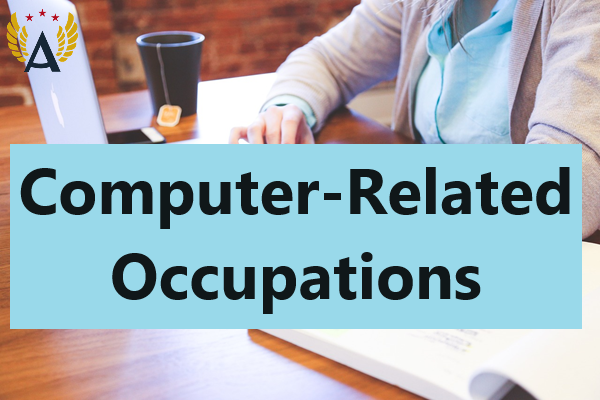Unit 1: Using Technology—Navigating the Internet
Unit 1: Using Technology—Navigating the Internet

Unit 1: Using Technology- Navigating the Internet

Unit 1: Using Technology—Navigating the Internet
Unit Focus
Reading
- Refine vocabulary for interpersonal, academic, and workplace situations, including figurative, idiomatic, and technical meanings.
- Locate, gather, analyze, and evaluate written information for various purposes, including research projects, real-world tasks, and self-improvement.
- Select and use appropriate study and research skills and tools according to the information gathered or organized, including almanacs, government publications, microfiche, news sources, and information services.
- Analyze the validity and reliability of primary source information and use the data appropriately.
- Synthesize information from multiple sources to draw conclusions.
Writing
- Use appropriate prewriting strategies, such as brainstorming, graphic organizers, and outlining.
- Draft and revise writing that
- is focused, purposeful, and reflects insight into the writing situation;
- has an organizational pattern that provides for a logical progression of ideas; has effective use of transitional devices that contribute to a sense of completeness;
- has support that is substantial, specific, relevant, and concrete;
- demonstrates a commitment to and involvement with the subject;
- uses creative writing strategies as appropriate to the purpose of the paper;
- demonstrates a mature command of the language with precision of expression;
- has varied sentence structure and
- has few, if any, convention errors in mechanics, usage, punctuation, and spelling.
- Produce final documents that have been edited for
- correct spelling;
- correct punctuation, including commas, colons, and everyday use of semicolons;
- correct capitalization;
- correct sentence formation;
- proper instances of possessives, subject/verb agreement, instances of noun/pronoun agreement, and the intentional use of fragments for effect; and
- correct formatting that appeals to readers, including appropriate use of various graphics, tables, charts, and illustrations in standard and innovative forms.
- Write text, notes, outlines, comments, and observations demonstrating comprehension and synthesis of content, processes, and experiences from various media.
Organize information using appropriate systems.
- Write fluently for various occasions, audiences, and purposes, making appropriate choices regarding style, tone, level of detail, and organization.
- Select and use various electronic media, such as the Internet, information services, and desktop-publishing software programs, to create, revise, retrieve, and verify information.
Language
- Make appropriate adjustments in language use for social, academic, and life situations, demonstrating sensitivity to gender and cultural bias.
- Understand how language has shaped the reactions, perceptions, and beliefs of the local, national, and global communities.
- Critically analyze specific elements of mass media and the extent to which they enhance or manipulate information.
- Understand that laws control the delivery and use of media to protect the rights of authors and media owners.
Vocabulary
Lesson Reading
Videos and Interactives (Click on Images to View Content)

